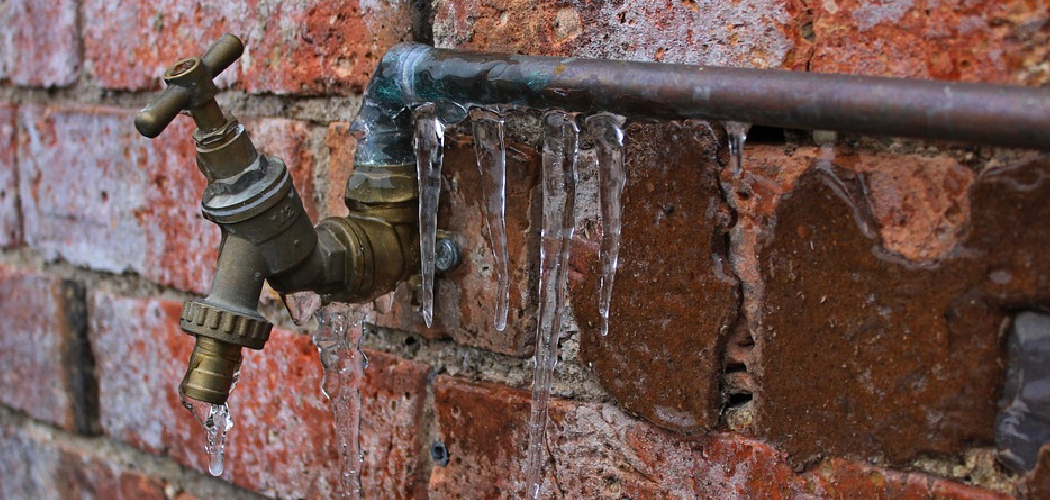If you live in a cold climate, there’s a good chance you’ll face frozen pipes at some point. But how do you know if you have one? A few key signs can indicate whether or not your pipes have frozen. This guide will help you identify the signs of a frozen pipe and how to thaw it out.
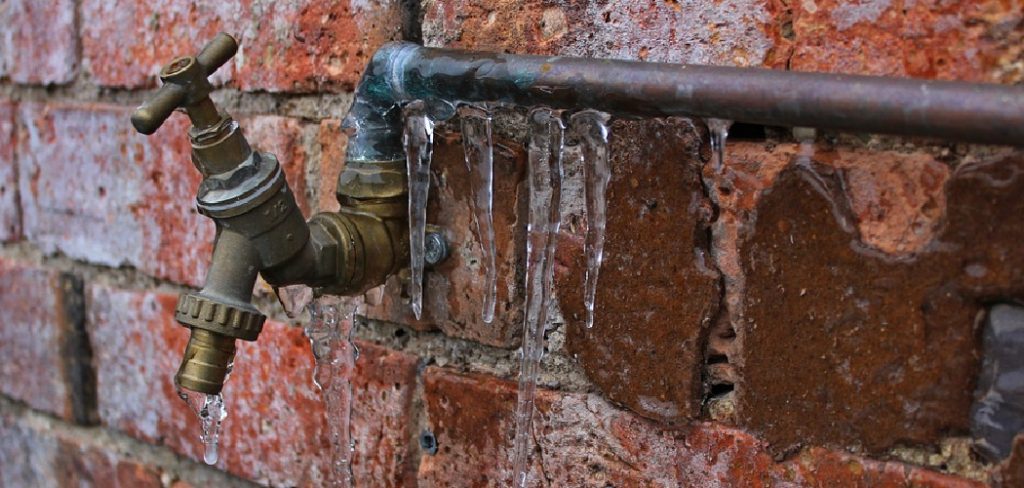
If you’re experiencing a sudden decrease in water pressure, there’s a chance you may have a frozen pipe. Frozen pipes can burst and cause extensive water damage, so it’s important to be able to identify them and take action before it’s too late.
In this post, we’ll discuss how do you know if you have a frozen pipe and the steps you can take to prevent them from freezing in the first place. Stay safe this winter!
10 Signs about How Do You Know if You Have a Frozen Pipe
1. A Sudden Decrease in Water Pressure:
If you notice that your water pressure has suddenly decreased, it could signify a frozen pipe. This is typically the most obvious indicator and may even cause your faucets or toilets to stop working completely. Additionally, you may notice that water isn’t coming out of your faucets as quickly.
2. Low or No Heating:
If your home is not properly heated during colder months, it’s more likely to experience frozen pipes. If you find that your heating system isn’t functioning properly or if there are cold drafts in certain areas of your home, a frozen pipe might be the culprit. It’s important to check for these signs and take corrective action immediately.
3. Frost on Your Pipes:
Frost on an exposed pipe is another clear sign that you may have a frozen one. This cannot be easy to spot if your pipes are located behind walls or beneath floorboards. So keep an eye out for frost on any exposed pipes to determine if there’s a potential issue.
4. Unusual Noises Coming from Pipes:
If you hear abnormal noises from your pipes, especially a constant gurgling sound, it could indicate that water is moving sluggishly through the frozen pipe. This may also cause your hot water to take longer to heat up than usual. Moreover, you may hear sounds like banging, knocking, or rattling.
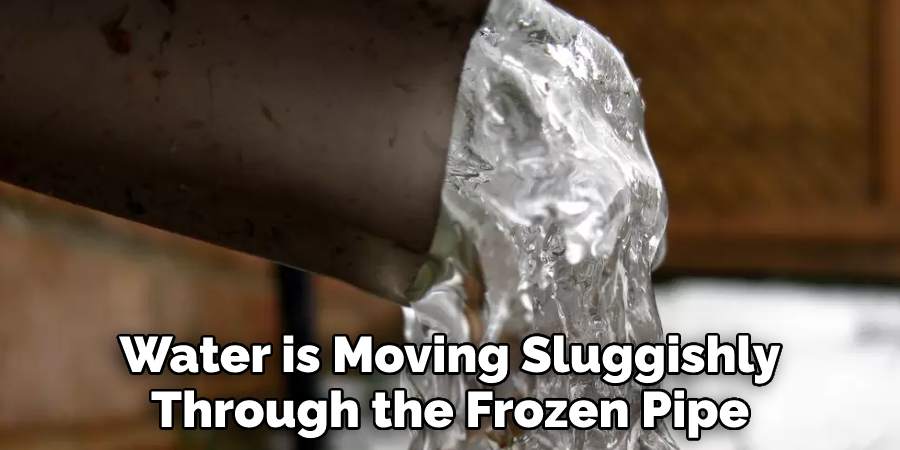
5. Low or Completely Empty Water Bills:
Another sign that you might have a frozen pipe is if your recent water bill seems unusually low or shows no usage at all. This can indicate that there is a significant amount of standing water in your pipes that have either not been used or hasn’t been released. Both signs of thawing and possible rupture of the pipe.
6. Bubbling or Sagging Floors:
If your floor feels soggy, spongy, or soft to the touch, there’s a good chance you have a frozen pipe. This is another sign that there may be significant amounts of water in the pipes. And can indicate that it’s time to take action before damage occurs.
7. Unusually Warm or Hot Pipes:
If you notice that certain parts of your pipes are warmer than others – especially if they’re close to an unheated area in your home – it could signify a frozen pipe. This can happen right after the water has begun flowing again after being frozen for a period of time. Also, your pipes may feel warmer than usual if you’re using a space heater in that area.
8. Rust-Colored Water:
If you see rust-colored water from your faucets, it may signify that you’re dealing with a frozen pipe. This can indicate that the freezing has caused damage to the pipes, which can lead to more serious problems if not addressed immediately. Another sign that your pipes may be frozen is if the water from the faucet is discolored or murky.
9. Extremely Cold Temperatures:
Freezing temperatures are one of the main culprits behind frozen pipes. If you live in an area where it gets very cold for long periods, keeping your home properly heated and insulated is key to preventing this issue. It’s also a good idea to check any exposed pipes regularly during winter to ensure they’re not freezing.
10. Unusual Puddles or Water Drips:
If you notice any puddles of water anywhere in your home – especially if they seem unusually large or appear to come from nowhere – it could be a sign that you have a frozen pipe. In addition to water puddles, be on the lookout for any water drips or leaks – another clear indicator of frozen pipes. But be sure to address these issues immediately, as they can cause significant and costly damage to your home if left untreated.
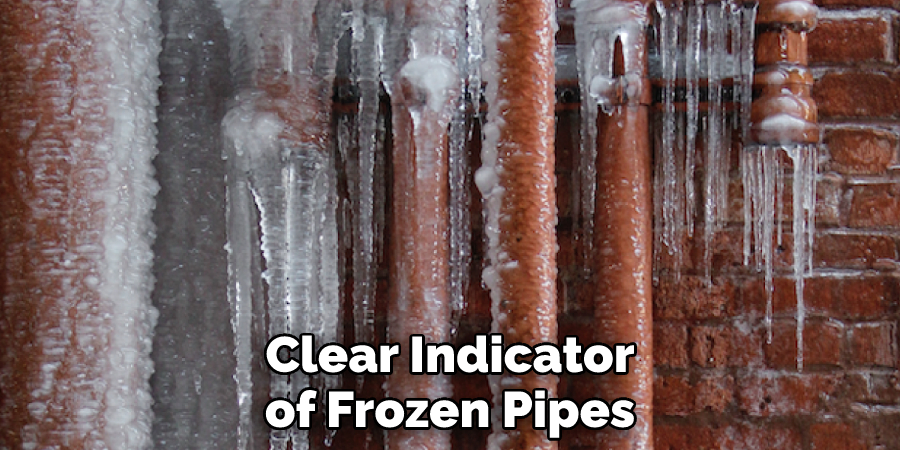
If you think you might have a frozen pipe and are unsure how to thaw it safely, it’s best to seek professional assistance as soon as possible. Detecting and addressing the issue quickly can prevent further damage and keep your home safe this winter.
How Can You Prevent Frozen Pipes?
You can do several things to help prevent frozen pipes and minimize the risk of damage. These include:
1. Keep your home properly heated and insulated, especially during cold winter. This will help maintain a consistent temperature in your home that is warm enough to prevent freezing.
2. Checking exposed pipes regularly and ensuring that they are properly insulated can also help prevent freezing. This may include wrapping pipes in a heating pad, insulating them with foam or fiberglass sleeves, or using other insulation methods for added protection.
3. Keeping an eye out for any signs of potential issues – such as unusual noise, low water bills, warm or hot pipes, rust-colored water, and puddles or leaks – is another important step in preventing frozen pipes. Taking prompt action when these issues arise can help prevent further damage and keep your home safe this winter.
4. If you are concerned that your pipes might be at risk of freezing this winter, it’s best to seek professional assistance immediately. A plumber or other expert can help you identify and address any potential issues and can also provide guidance on how to prevent frozen pipes in the future. With proper preparation and care, you can keep your home safe from the damaging effects of frozen pipes this winter.
These are just a few tips for preventing frozen pipes and minimizing the risk of damage. You can keep your pipes safe from freezing and avoid costly issues down the line by taking steps like maintaining a consistent temperature in your home, checking exposed pipes regularly, and seeking professional help when necessary.
5 Additional Tips and Tricks
1. Don’t forget to check areas of your home that aren’t regularly heated, such as crawl spaces, basements, attics, and garages. These are especially vulnerable to freezing temperatures and should be monitored closely during winter.
2. Ensure your pipes are properly insulated with a thick layer of foam or fiberglass insulation as an added layer of protection from the cold.
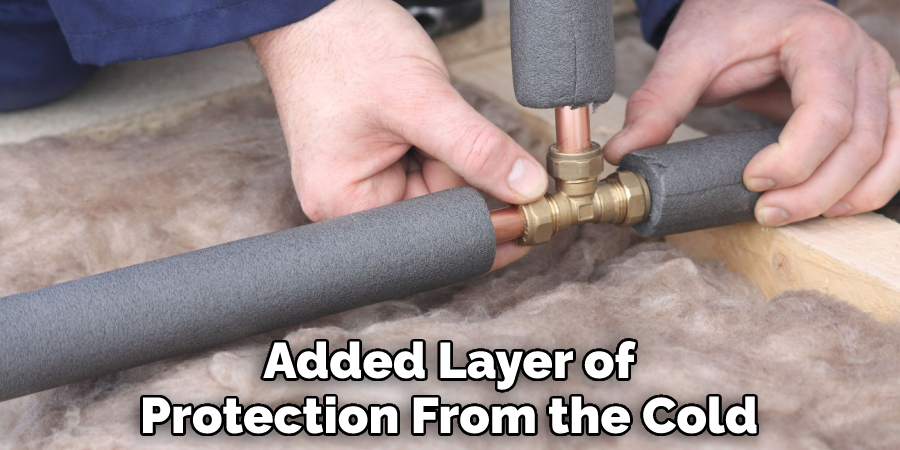
3. Leaving on a small faucet – even just a trickle – can help keep water moving through your pipes and prevent freezing. This is particularly important if you’re away from home for extended periods or when it’s very cold outside.
4. If you notice any leaks in your pipes or other signs of damage, make sure to address them immediately. This can help prevent further issues from occurring and keep your home safe.
5. Use a de-icer or hot water to thaw out your pipes if they do freeze. Always be careful when working with pipes and other plumbing fixtures, as these areas can be quite dangerous if you’re unfamiliar with how they work.
With the right precautions and care, you can help prevent frozen pipes and protect your home from potential damage this winter.
What Can You Pour Down the Drain to Unfreeze Pipes?
There are several different substances that you can pour down the drain to help unfreeze pipes and prevent further freezing. Some popular options include hot water, boiling water, de-icers, and calcium chloride. It’s important to be careful when working with these materials, as they can be quite corrosive or dangerous if used improperly.
Moreover, Salt and vinegar are often used as home remedies for unfreezing frozen pipes. While these substances may be effective in some cases, it’s always best to consult with a professional or use other, safer methods if unsure how to proceed.
Ultimately, the most important thing is to take action quickly when your pipes are at risk of freezing – whether that means using one of these solutions or seeking additional help from a professional. You can keep your pipes safe and functional throughout winter with the right care and preparation.
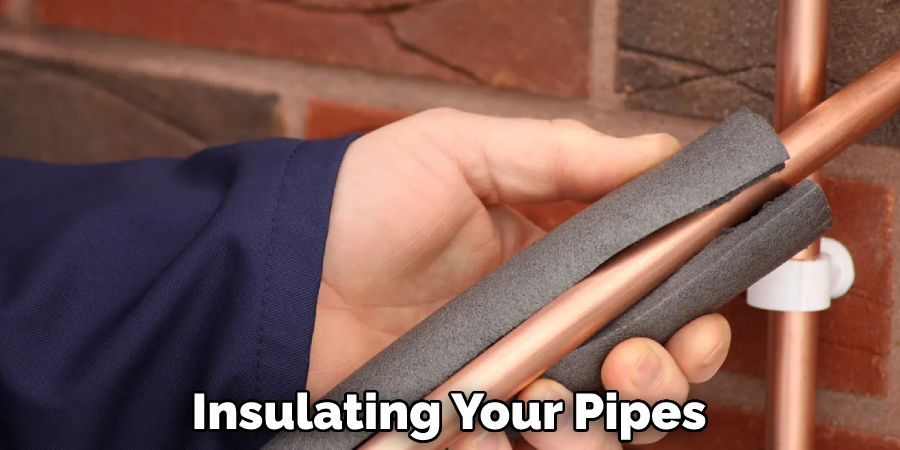
Conclusion
With winter comes the risk of your pipes freezing. But how can you tell if you have a frozen pipe? And what should you do about it? This blog post has provided everything you need to know about frozen pipes, from how to prevent them in the first place to thawing them out if they do freeze.
While a frozen pipe is a pain to deal with, there are some easy ways to thaw it out and prevent future issues. By following the instructions above, you can get your water flowing again in no time. And if you take some proactive steps, like insulating your pipes, you can Avoid frozen pipes altogether.
Hopefully, the article on how do you know if you have a frozen pipe has been helpful and informative. So keep these tips in mind and stay safe this winter!
You Can Check It Out to Tighten Sink Faucet

